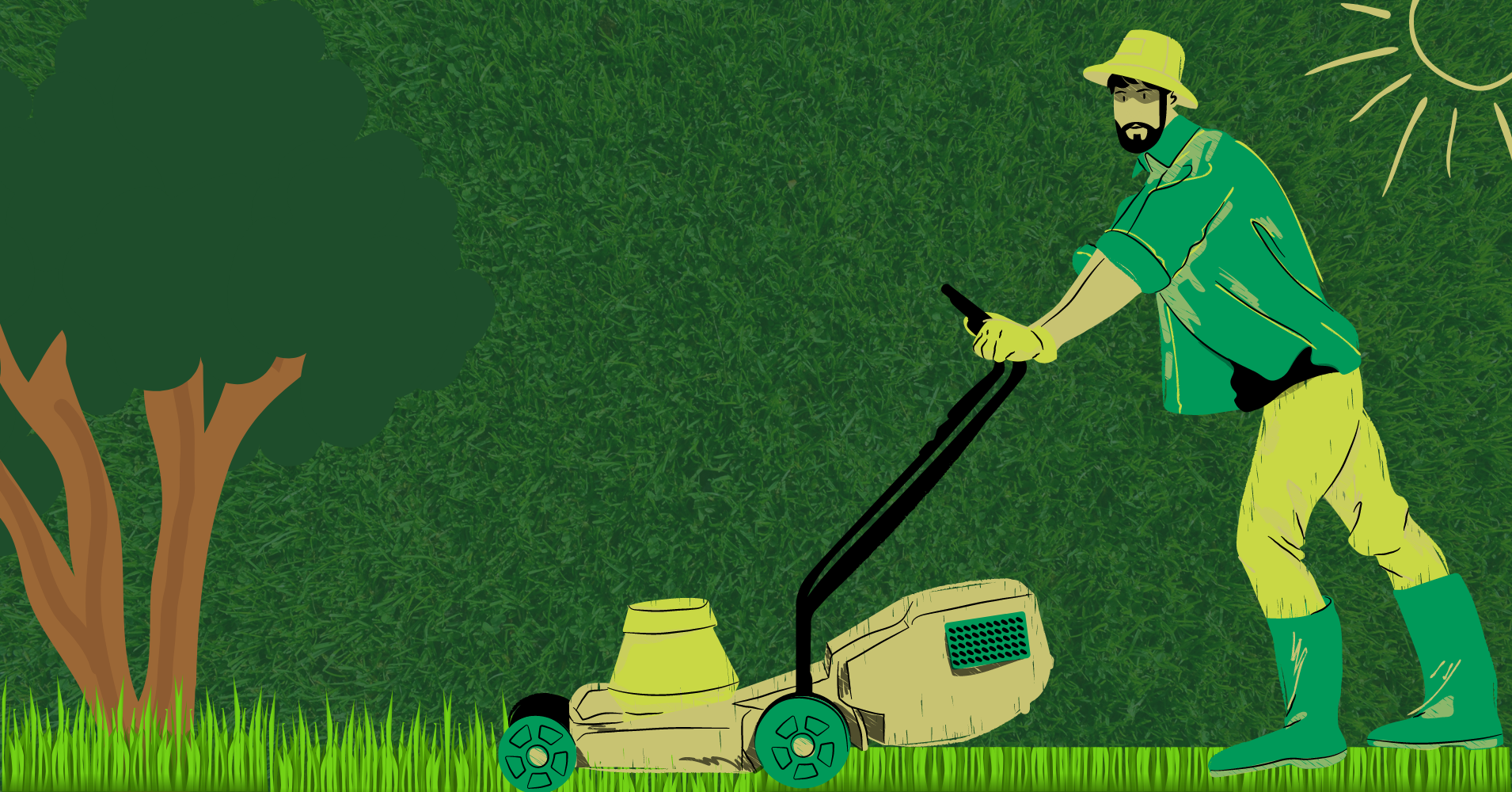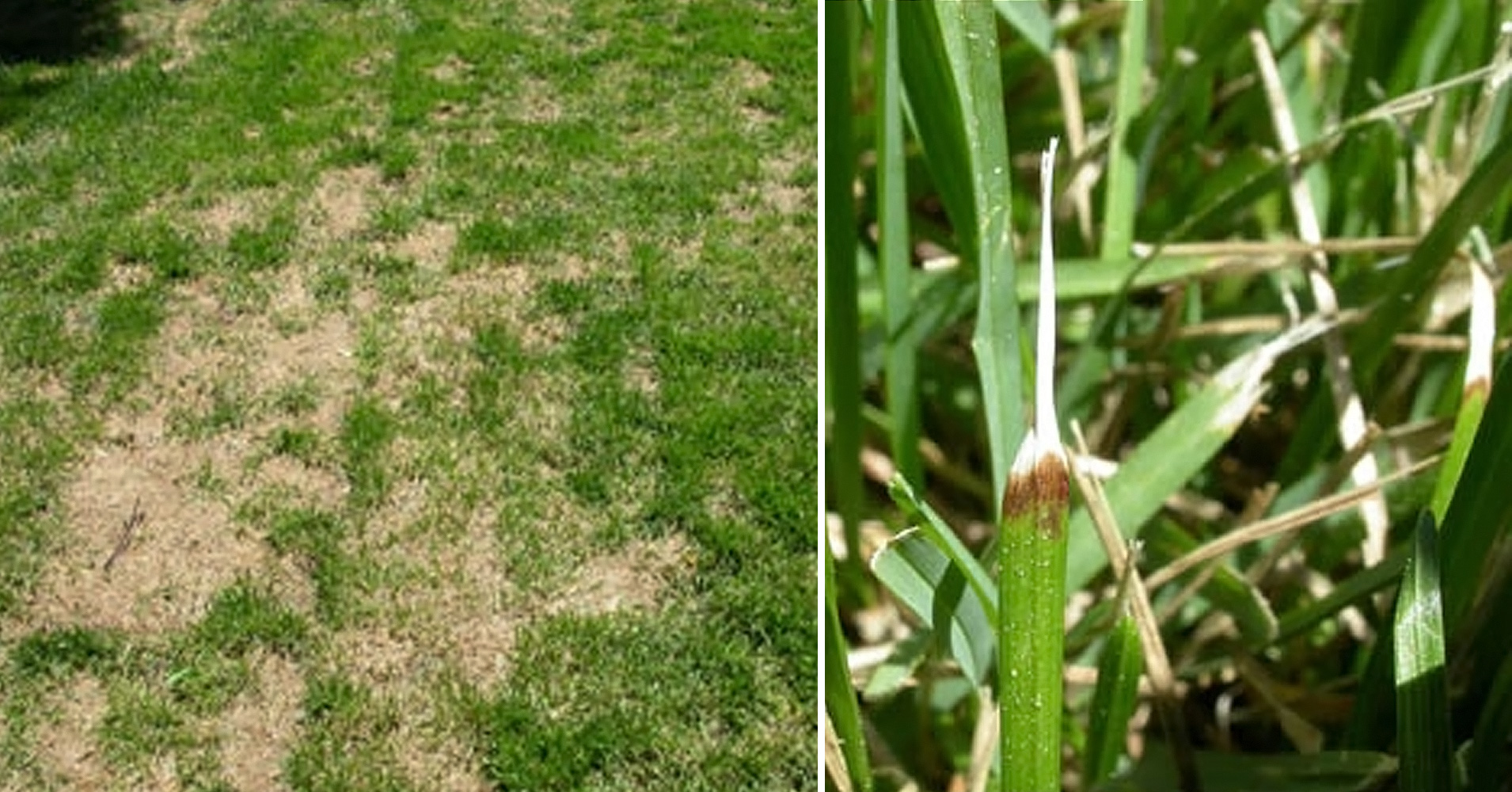
When it comes to making your lawn stand out – whether dealing with weeds, getting rid of pesky insects or simplifying maintenance – CSU Extension has the resources to get you pointed in the right direction.
Jump to: Watering Best Practices | Lawn Maintenance | Weeds/Disease/Damage Maintenance | Grass Selection | Xeriscaping
Watering Best Practices

Efficient Lawn Watering
The most efficient way to water your lawn is to wait until it is dry, not necessarily on a set number of days. If the soil is damp, there’s no need to water – even if the surface soil looks dry.

Watering Established Lawns
To determine the most appropriate irrigation schedule for an established lawn you’ll need to consider the following: turf species; soil type; cutting height and many others.

Operating and Maintaining a Home Irrigation System
Attention to sprinkler system management, maintenance, and needed renovations can conserve water while producing better plant growth.

How to Collect Rainwater for Irrigation
Most homeowners in Colorado are allowed to use rain barrels to collect up to 110 gallons of rainwater that can be used to irrigate outdoor lawns, plants or gardens.
Lawn Maintenance
Creating a beautiful and healthy lawn doesn’t just happen, it takes work and planning. But, by being thorough with your lawn care you can avoid common problems.
 Lawn Aeration and Lawn Aeration During Drought
Lawn Aeration and Lawn Aeration During Drought
Aerating a lawn means supplies the soil with needed air, usually by poking holes in the ground throughout the lawn using an aerator.
Learn More: Lawn Aeration
Learn More: Aeration During Drought
 Eliminate Grass Clipping Collection
Eliminate Grass Clipping Collection
1,000 square feet of bluegrass lawn generates about 200 pounds of grass clippings per year. Leaving clippings on your lawn not only saves you work, but it also promotes a healthy lawn.
 Lumpy Lawn
Lumpy Lawn
Lumpy lawns are common in Colorado and are caused by earthworms and night crawlers. But, you have options for smoothing things out.
 Fertilizing
Fertilizing
Fertilizing gives your lawn the nutrients it needs to grow. Depending on the type of grass, this can take place in spring, summer or fall.
Fall Lawn Fertilization Fall Lawn Fertilization During Drought Fertilizing Lawns in Spring and Summer
 Mowing Guidelines
Mowing Guidelines
Mowing practices can greatly affect turfgrass health. The two most important factors to understand are mowing height and frequency.
Weeds/Disease/Damage Maintenance
 Controlling Broadleaf Weeds in Lawns
Controlling Broadleaf Weeds in Lawns
Broadleaf weeds such as dandelions, clover and spurge can make a lawn look messy. The first step in controlling weeds in lawns is to grow healthy, dense grass.
 Bindweed Control in Lawns
Bindweed Control in Lawns
Field bindweed is a common problem in Colorado lawns as this deeply rooted perennial will quickly take over the unhealthy, malnourished lawn.
 Ascochyta Leaf Blight
Ascochyta Leaf Blight
Ascochyta leaf blight is a common disease of Kentucky bluegrass lawns in Colorado. It may also occur on tall fescue and perennial ryegrass. The disease results in rapid development of large, straw-colored blighted areas of the lawn during the summer.
 Control of Annual Grassy Weeds in Lawns
Control of Annual Grassy Weeds in Lawns
Crabgrass, foxtail, barnyard grass and goosegrass can be problem lawn weeds below 6,500 feet in Colorado.
Dead Spots Left By Dogs
Dog urine is a common culprit of dead spots found on the lawn. Straw-colored grass or dead spots with dark green borders are common in lawns where dogs are present. The concentrated salts in the urine of dogs, particularly female dogs, cause these spots.
Explore resources to remedy dog spots:
Dog Spots Dog Urine Damage on Lawns: Causes, Cures, and Prevention
Grass Selection
Selecting new grass for your lawn can be an opportunity to introduce a species or variety that gives better drought resistance and water use efficiency, increased pest resistance, and better lawn appearance.

Choosing a Lawn Grass in Colorado
What grasses are successful in Colorado? It depends on many factors, including what you want from your lawn.
 Renovating the Home Lawn
Renovating the Home Lawn
Lawn renovation involves killing existing turf and replacing it with new grass without tilling or changing the grade.
 Buffalograss Lawns
Buffalograss Lawns
Buffalograss is a perennial, warm season grass species. Once established, buffalograss can survive without irrigation.
 Growing Grass in the Shade
Growing Grass in the Shade
Grass performs better in sunny locations, but there are options to keep grass healthy in shady areas.
Xeriscaping

It’s hard not to love xeriscaping when you see how gorgeous the low-maintenance mature landscapes can become. Xeric plants are visually appealing and can help achieve 30 to 80 percent water savings when combined with a clear planting strategy as well as proper irrigation practices and system design. But, for those of us not ready to give up all our grass, xeriscaping can be a great turf alternative in difficult locations like:
- Steep slopes that are impractical for lawns or a mowing hazard
- Hot, dry areas on south and west exposures
- Landscaped medians, parking strips, traffic islands and rights-of-way along streets
- Deeply shaded areas beneath trees or shrubs, along north sides of walls and fences, between buildings and in front of low windows.
 Insects
Insects